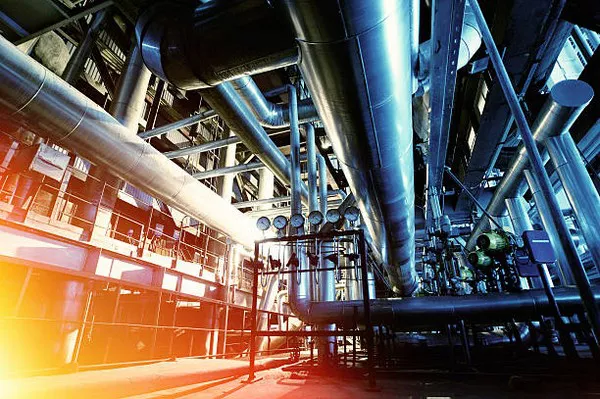Fukushima, Japan — Tokyo Electric Power Company Holdings (TEPCO) showcased a remote-controlled robot on Tuesday designed to retrieve fragments of melted fuel debris from the Fukushima Daiichi nuclear power plant. This operation marks the first of its kind since the catastrophic 2011 meltdown.
Later this year, TEPCO plans to deploy an extendable “telesco-style” robot into Reactor No. 2 to test debris removal from its primary containment vessel. The initiative, set for October, is already more than two years behind schedule. Originally slated to begin in late 2021, the process has faced numerous delays, highlighting the immense challenges of recovering from the 2011 disaster triggered by a magnitude 9.0 earthquake and subsequent tsunami.
During a demonstration at Mitsubishi Heavy Industries’ shipyard in Kobe, a device equipped with tongs descended from the telescopic pipe, successfully picking up a small piece of gravel. This robot has been specifically developed for the delicate task of removing the highly radioactive debris.
The initial test at Fukushima will involve the removal of less than 3 grams (0.1 ounce) of debris. “We believe the upcoming test removal of fuel debris from Unit 2 is an extremely important step to steadily carry out future decommissioning work,” stated Yusuke Nakagawa, TEPCO’s group manager for the fuel debris retrieval program. He emphasized the necessity of proceeding with safety and precision.
Approximately 880 tons of highly radioactive melted nuclear fuel remain inside the three damaged reactors at Fukushima Daiichi. Critics argue that the 30- to 40-year cleanup timeline set by the government and TEPCO is overly ambitious, given the unique damage and conditions within each reactor.
A comprehensive understanding of the melted fuel debris is crucial for the decommissioning process. Earlier this year, TEPCO deployed four mini drones into Reactor No. 1’s primary containment vessel, capturing images from previously inaccessible areas.
The forthcoming debris retrieval from Reactor No. 2 is a significant step forward in the long-term decommissioning efforts at Fukushima Daiichi, underscoring the ongoing complexities and technical challenges of this monumental cleanup project.

